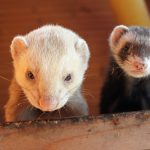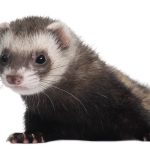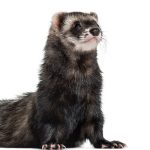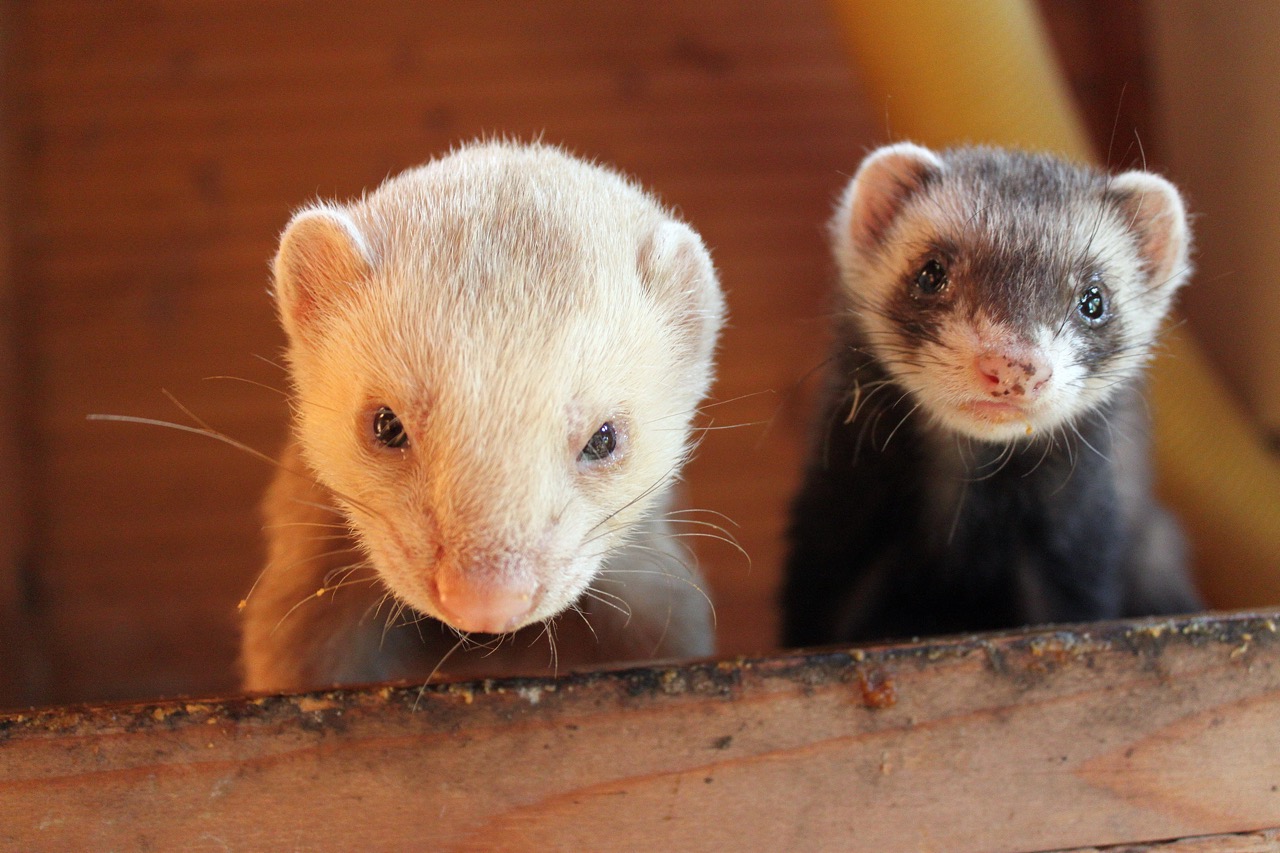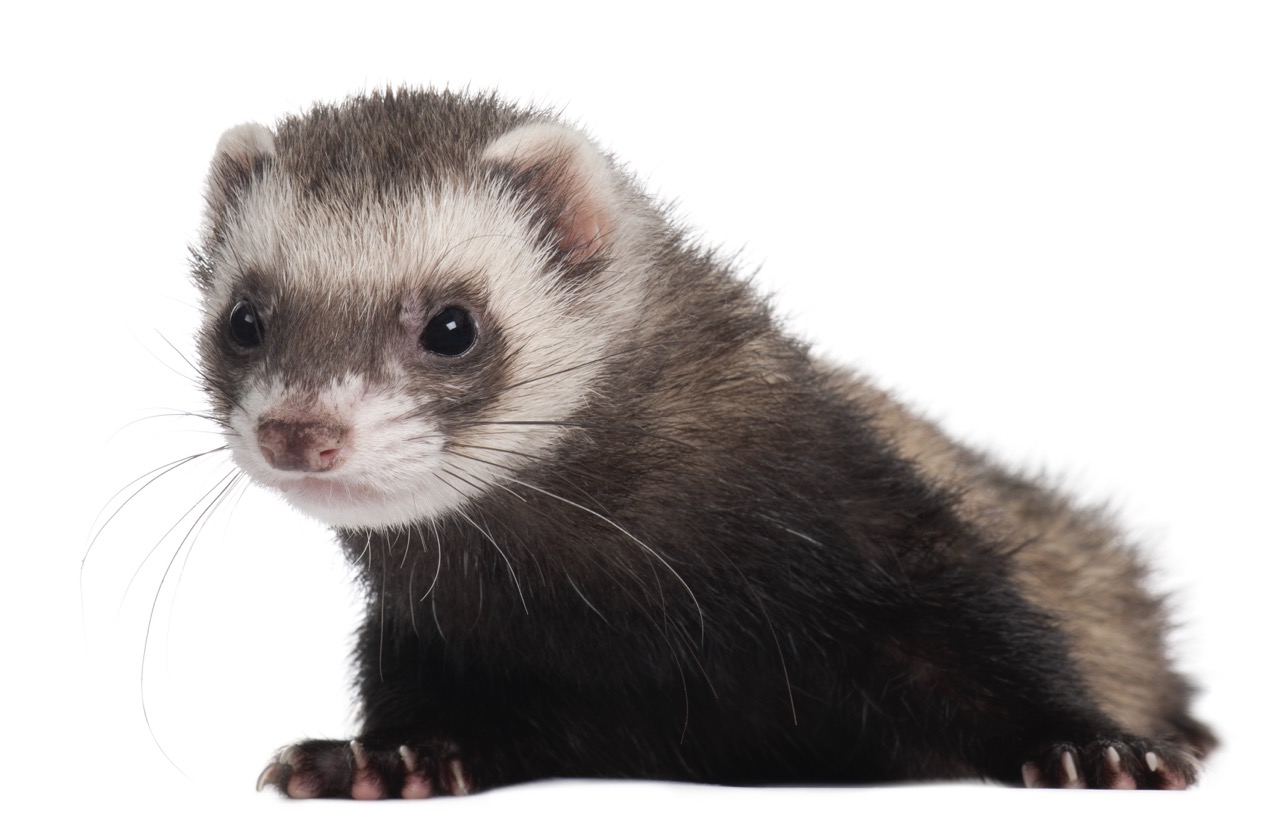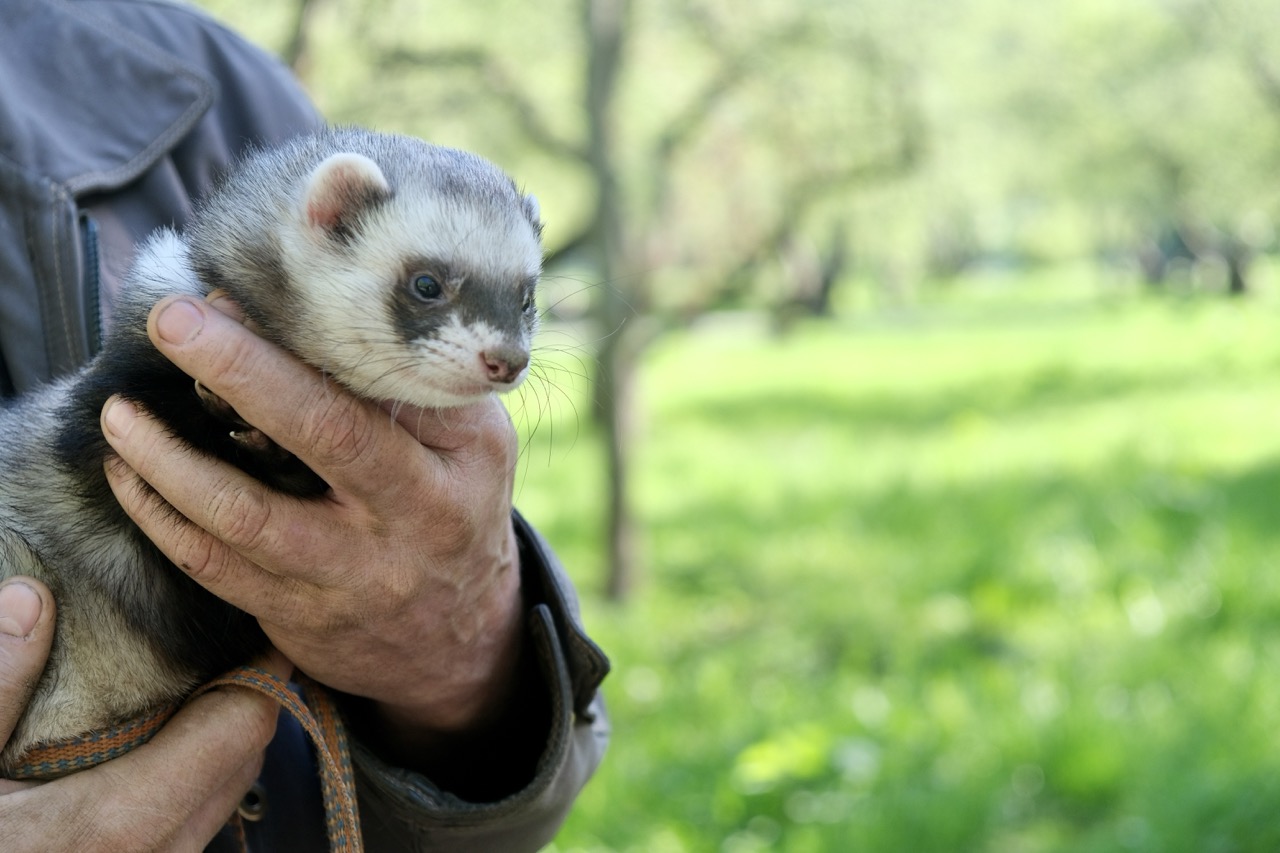Ferrets are beloved pets known for their playful nature and unique personalities. However, like any other animal, they require proper care to maintain their health, particularly when it comes to their skin and glandular systems. Ferret skin is distinct in its structure and functionality, which naturally leads to various skin issues if not properly managed. This article delves into understanding ferret skin, common skin problems, the significance of glandular health, and essential preventative measures to ensure optimal skin health in these charming creatures.
Understanding Ferret Skin: Structure and Functionality
Ferrets possess a unique skin structure that is relatively thin and sensitive compared to other domesticated animals. The skin of a ferret contains fewer protective layers, making it more susceptible to environmental factors and infections. This delicate skin is equipped with oil glands that help to maintain moisture balance, keeping the fur soft and sleek. Additionally, ferret skin is highly vascularized, providing the necessary nutrients to the skin cells while also aiding in thermoregulation.
The fur of a ferret consists of two layers: the undercoat and the guard hairs. The undercoat is soft and fluffy, which provides insulation, while the guard hairs are longer and coarser, offering protection from external elements. This dual-layer system is crucial for maintaining the ferret’s body temperature and overall health. Proper grooming is essential to prevent matting and to ensure that the fur remains healthy and free of debris that could lead to skin issues.
Interestingly, the skin of ferrets also has a variety of sensory receptors that help them interact with their environment. This sensitivity can make them more aware of changes in temperature, texture, and other stimuli. Understanding the structure and functionality of ferret skin is vital in providing appropriate care and can significantly reduce the risk of skin problems that arise from neglect or poor management.
Common Skin Problems in Ferrets and Their Causes
Ferrets are prone to a range of skin problems, the most common of which include alopecia, dermatitis, and infections. Alopecia, or hair loss, can occur due to several factors, including hormonal imbalances, parasites, or allergies. In young ferrets, seasonal fur changes can also lead to temporary hair loss, which is usually not a cause for concern. However, persistent alopecia should always be examined by a veterinarian to rule out serious underlying conditions.
Dermatitis, characterized by inflammation of the skin, can arise from contact with irritants, allergies, or infections. Ferrets can develop contact dermatitis due to exposure to harsh chemicals, such as those found in certain cleaning products or shampoos not designed for pets. Allergic reactions can also result from food sensitivities or environmental factors, leading to itchiness and discomfort. Regular observation of your ferret’s skin can help identify early signs of dermatitis and enable prompt intervention.
Infections, whether bacterial or fungal, can manifest as redness, swelling, or discharge from the affected area. These infections often occur when the skin’s protective barrier is compromised, allowing pathogens to enter. A weakened immune system, poor nutrition, or stress can also increase the likelihood of skin infections in ferrets. Recognizing the signs of skin problems early is essential for effective treatment and prevention of further complications.
Importance of Glandular Health in Ferret Skin Care
The health of a ferret’s glands plays a crucial role in maintaining optimal skin health. Ferrets have sebaceous glands that produce oil, which is necessary for lubricating the skin and fur. This oil helps to form a protective barrier against environmental toxins and pathogens. If these glands are not functioning properly, it can lead to dry, flaky skin, making ferrets more susceptible to infections and other skin issues.
Additionally, ferrets have scent glands located beneath their skin, which are responsible for their characteristic odor. These glands can sometimes become overactive or blocked, leading to discomfort and potential skin problems. Regular grooming not only helps to manage fur and debris but also stimulates glandular activity, promoting healthier skin. Understanding the interconnectedness of glandular health and skin care can help ferret owners take proactive steps in their pet’s overall well-being.
Moreover, a ferret’s diet significantly influences both glandular health and skin condition. Nutritional deficiencies can impair gland function, leading to various skin problems. Providing a balanced diet rich in essential fatty acids, vitamins, and minerals can support healthy oil production and skin elasticity. Regular veterinary check-ups can also help monitor glandular health and prevent potential issues before they escalate.
Preventative Measures for Optimal Ferret Skin Health
Maintaining optimal skin health in ferrets requires a proactive approach that includes regular grooming, proper nutrition, and environmental management. Grooming is essential not only for aesthetics but also for skin health. By brushing your ferret’s coat frequently, you can remove loose fur, dirt, and dander, which can contribute to skin problems. Additionally, bathing should be done sparingly and only with products specifically formulated for ferrets to avoid stripping their natural oils.
A balanced diet plays a pivotal role in preventing skin issues. Ferrets are obligate carnivores, meaning they require a protein-rich diet to thrive. High-quality ferret food that includes adequate levels of protein, essential fatty acids, and vitamins will support healthy skin and coat. Moreover, ensuring access to clean, fresh water is vital for hydration and overall health. Supplements, such as omega-3 fatty acids, can also enhance skin condition and reduce inflammation.
Lastly, maintaining a clean living environment is crucial for preventing skin problems in ferrets. Regularly cleaning their cages, bedding, and toys helps reduce the risk of skin irritants and infections. Monitoring for signs of stress or illness should be part of daily care; any changes in behavior or appearance warrant immediate veterinary consultation. By taking these preventative measures, ferret owners can significantly reduce the risk of skin problems and promote long-term skin health.
In conclusion, understanding the unique characteristics of ferret skin and the importance of glandular health is essential for preventing skin problems in these delightful pets. By recognizing common skin issues and implementing effective preventative measures such as proper grooming, balanced nutrition, and maintaining a clean environment, ferret owners can significantly enhance their pets’ skin health and overall well-being. A proactive approach to skin care not only enhances the quality of life for ferrets but also strengthens the bond between pets and their owners through attentive and informed care.
